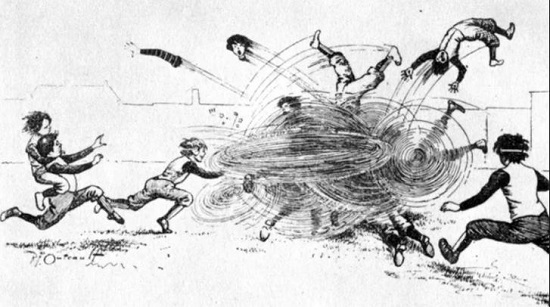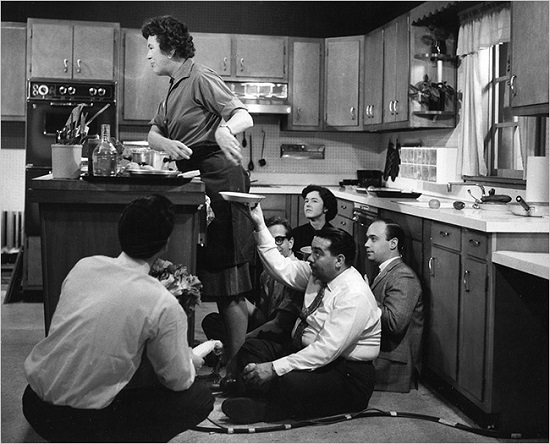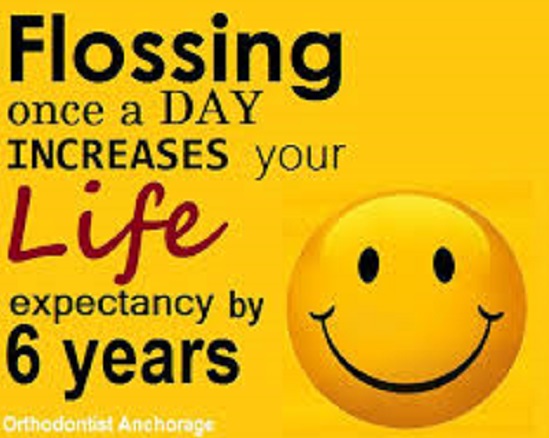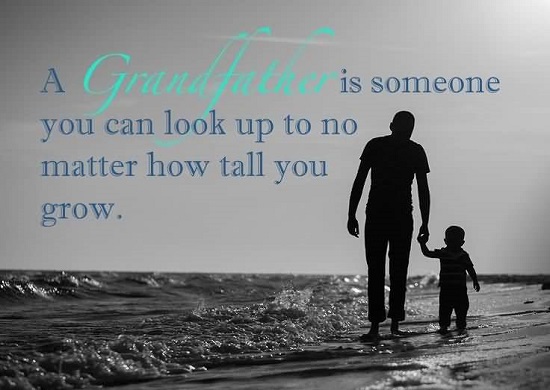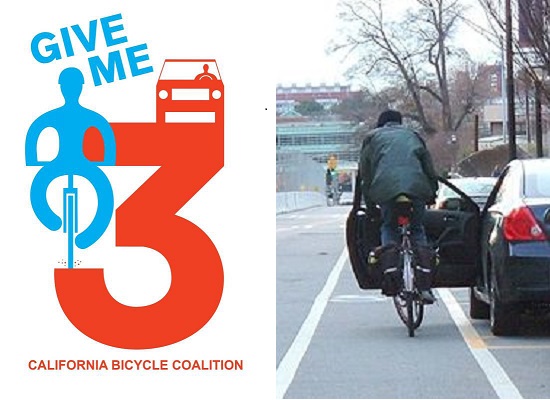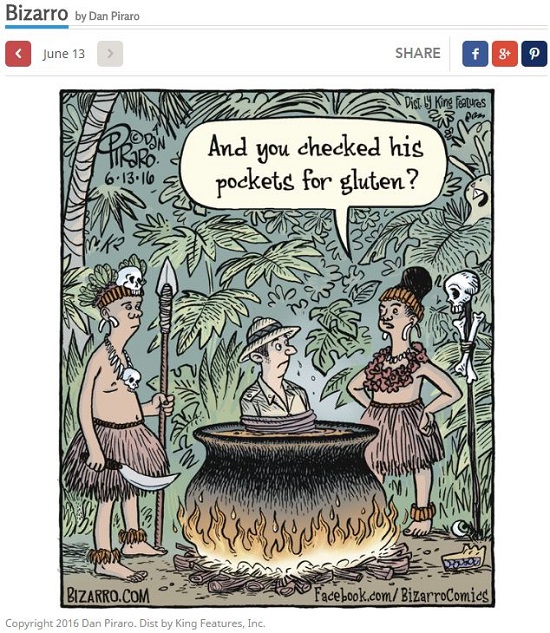By any measure, football is America’s most important sport. But its evolution was, and still is, very troubled. The first college game was in 1869. Its most ardent fan, starting in 1876, was eventual American president Teddy Roosevelt, whose support for manliness is legendary (his later motto was “Walk Softly and Carry a Big Stick”). But for its first few decades the sport was so rough that it caused numerous deaths and crippling injuries, causing a lot of opposition that nearly resulted in banning the sport. Fortunately for the sport, Teddy Roosevelt championed it during this time.
Even after a lot of rules were added to reduce injuries and deaths, there are a LOT of penalties exacted against players whose tactics could seriously injure members of the opposing team. A bunch of these deal with using one’s helmet as a weapon. This is particularly interesting because in the early days players didn’t even wear helmets (or any other protective equipment). The first use was in 1893 when a player in the danger of “instant insanity” had a crude moleskin hat with earflaps, but durable plastic helmets didn’t appear until 1939 and helmets were not mandatory until 1943. The first use was in 1893 when a player in the danger of “instant insanity” had a crude moleskin hat with earflaps, but durable plastic helmets didn’t appear until 1939 and helmets were not mandatory until 1943. And facemasks didn’t appear until 1955. The popularity of college football led to the formation of the American Professional Football in 1920, which became the National Football League (NFL) in 1922. It is still a rough game, with a lot of injuries, especially to knees and to heads, resulting in concussions that could lead to mental deficiencies and early deaths. But its current malady is the struggle between players (who are refusing to salute the flag, initially to protest treatment of African-Americans in the U.S.) and President Trump, who clearly is not in the same league as Teddy Roosevelt.

